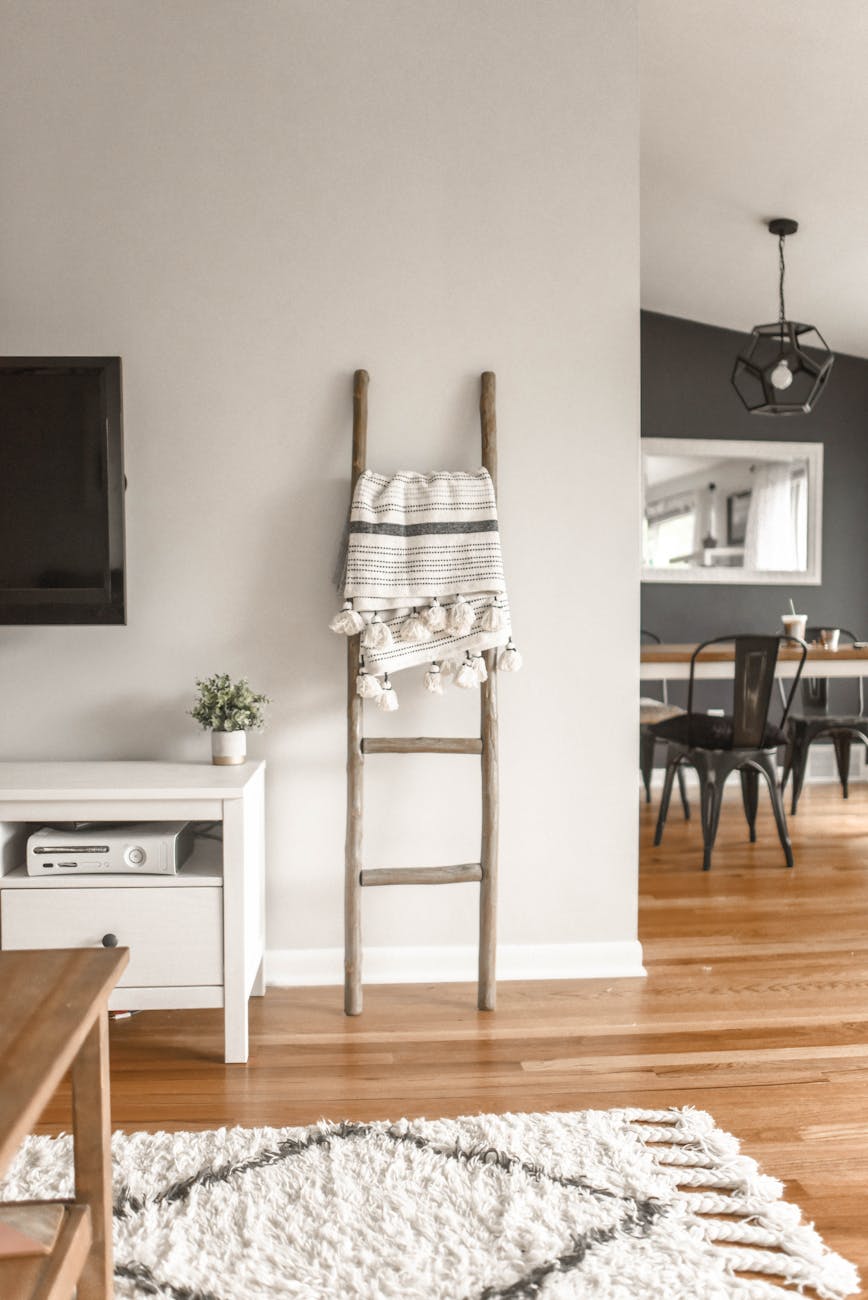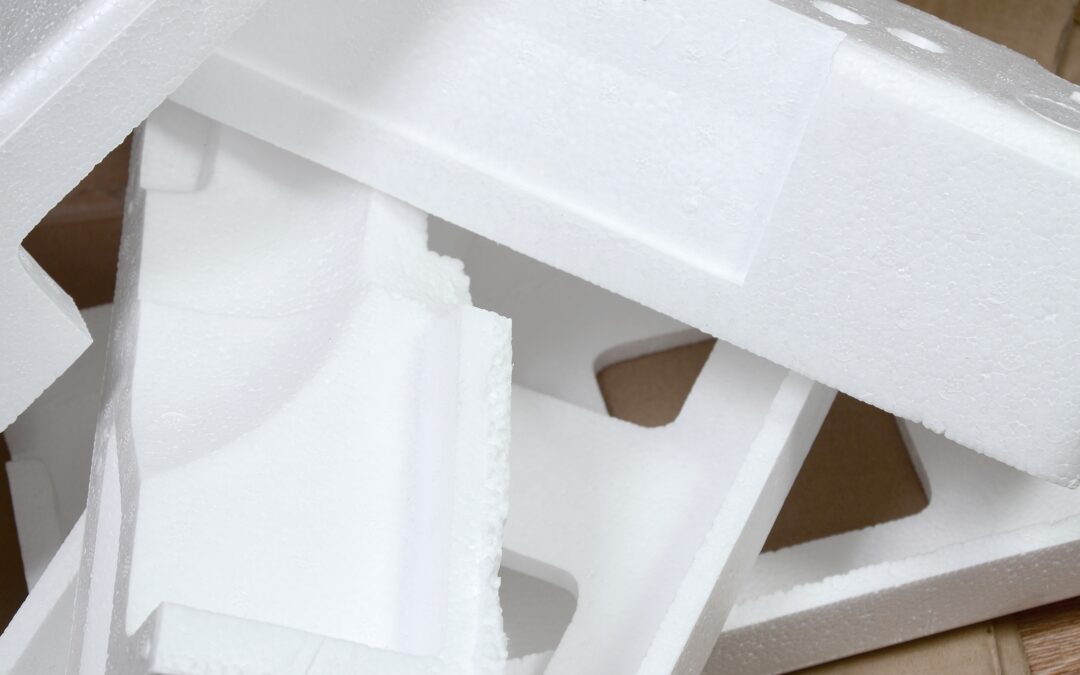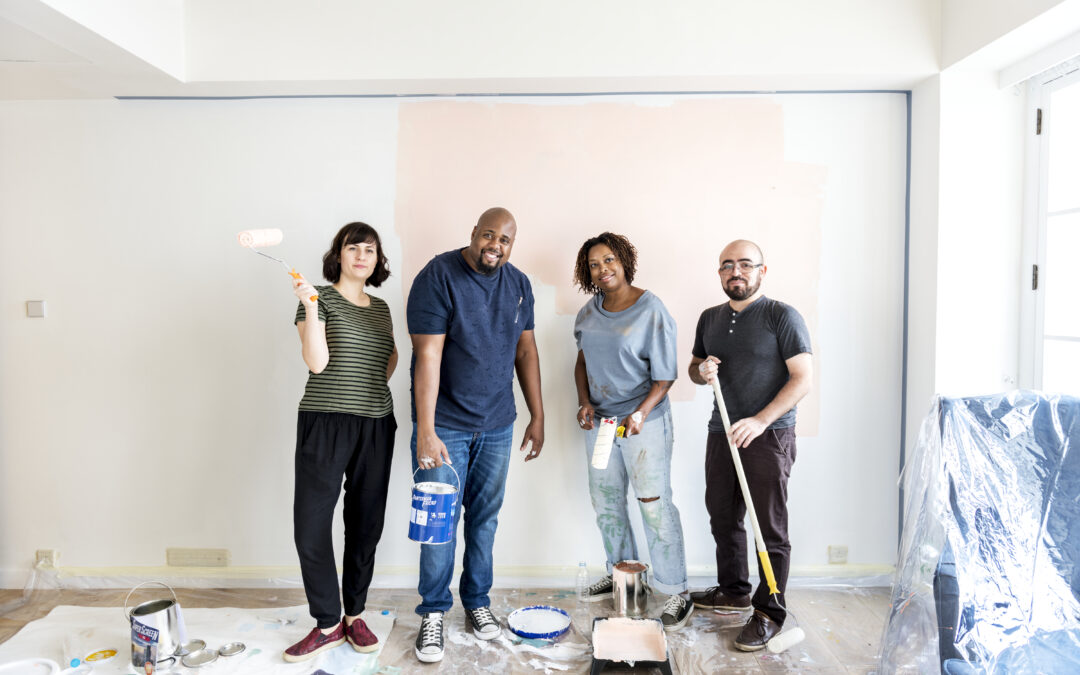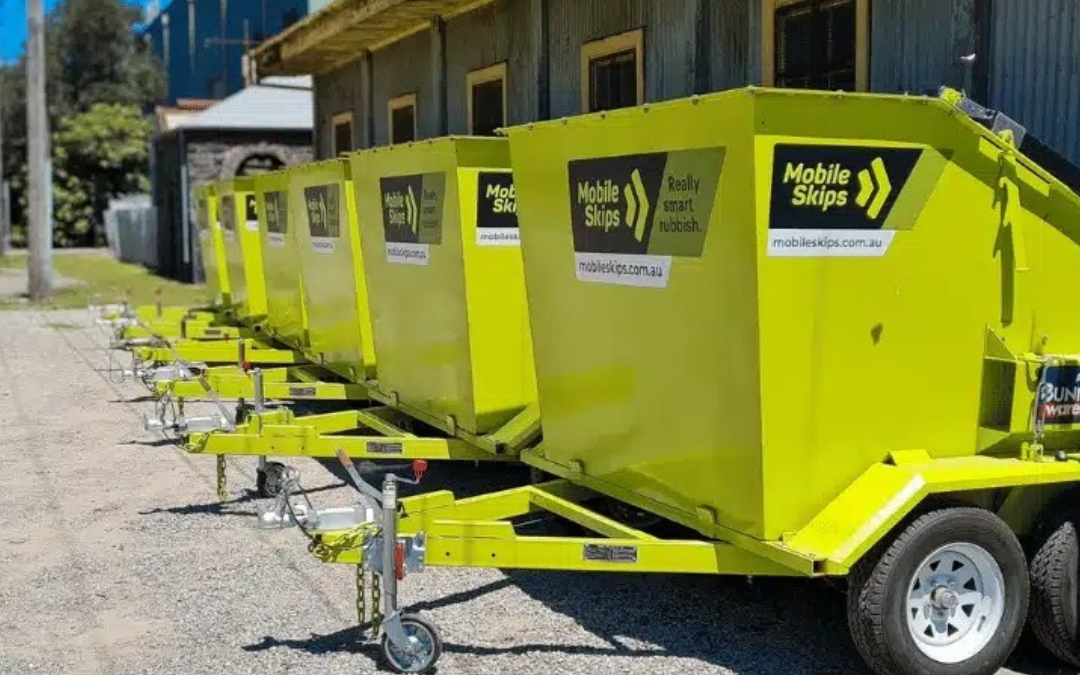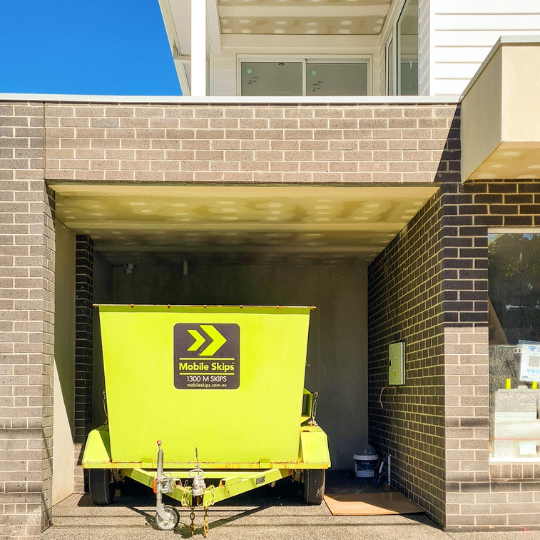Decluttering Basics
Ready to turn your home into a clutter-free haven? Let’s break down why getting organized is a game-changer and share some quick, easy tasks to get you started.
Why Bother Organizing?
A tidy home isn’t just about looking good—it’s about feeling good too. When your space is organized, you free up room to breathe, both physically and mentally. This extra space can boost your energy and give you more time for the things you love.
Simple systems and habits can make a big difference. Try tackling tasks that take less than a minute right away or assigning specific chores to family members. These small changes can make decluttering a regular part of your routine, not just a one-off event (Happy Organized Life). Curious about how tidiness affects your mind? Check out our piece on decluttering and mental health.
Quick Decluttering Tasks
Starting doesn’t have to be overwhelming. Here are a couple of quick hacks to make a big impact:
- Trash Dash: Spend just 5 minutes a day picking up and tossing out trash. This tiny effort can make a huge difference in reducing surface clutter and freshening up any room.
- Evening Tidy-Up: Dedicate 10 minutes at the end of the day to clear and put away items in common areas like the kitchen or living room. This habit not only keeps your space tidy but also sets a positive tone for the next morning.
These simple tasks can kickstart your journey to a clutter-free home. For a more detailed plan, check out our decluttering checklist for home. And if you want more tips and tricks, our articles on decluttering and organizing and decluttering tips for beginners are packed with useful info to help you out.
Decluttering Hotspots
Finding and fixing clutter hotspots in your home can make a world of difference in keeping things tidy and stress-free. These spots often become dumping grounds for random stuff, leading to unnecessary mess and chaos.
Tackling Trouble Zones
Start by zeroing in on the usual suspects that collect clutter. Think kitchen counters, coffee tables, or any flat surfaces that seem to attract mail, magazines, and random knick-knacks. Cleaning up these areas can motivate you to tackle other messy spots.
Experts at Happy Organized Life recommend starting small—maybe a closet or a single room—to build your decluttering skills and confidence. Celebrate each small victory; they’re your stepping stones to a cleaner home. For a more structured approach, check out our decluttering checklist for home.
Keeping Entryways Clear
Your entryway is the first thing people see when they walk into your home, and it sets the tone for your own experience too. A clutter-free entryway not only looks good but also makes life easier. You can quickly find your keys, hang your coat, and store your shoes without hassle.
Here are some tips to keep your entryway neat:
- Designate spots for frequently used items like keys or umbrellas.
- Use wall hooks or entryway furniture with built-in storage to save space.
- Follow the “One in, one out” rule to avoid piling up stuff.
Decluttering isn’t just about getting rid of things; it’s also about setting up systems to keep clutter at bay. For more tips, visit our page on decluttering and organizing services.
By focusing on trouble zones and keeping your entryways clear, you’re setting the stage for a consistently tidy home. Apply these practices to other areas, like decluttering and creating a minimalist kitchen, and you’ll soon enjoy the perks of a clutter-free life.
Organization Strategies
Feeling buried under a mountain of clutter? Don’t sweat it! With a few simple tricks, you can turn your home into a neat and tidy paradise. Let’s dive into how creating specific spots for your stuff and using drawer dividers can make a world of difference.
Creating Specific Spots
First things first, give everything in your home a proper place. This not only cuts down on the chaos but also saves you time when you’re hunting for something. Imagine always knowing where your keys, remote, or that elusive pair of scissors are! Happy Organized Life swears by this method to keep your home in order.
Here’s a quick guide to get you started:
- Identify items that often go missing.
- Pick a logical, convenient spot for each one.
- Make it a habit to always return items to their spots.
For more tips on decluttering, check out our beginner’s guide to decluttering.
Using Drawer Dividers
Now, let’s tackle those chaotic drawers—especially in the kitchen. Drawer dividers are lifesavers for keeping utensils, silverware, and even those bulky cutting boards organized and easy to find. This not only helps keep your kitchen clutter-free but also makes meal prep a breeze.
Consider these tips when choosing drawer dividers:
- Measure your drawers to ensure a perfect fit.
- Opt for adjustable dividers for more flexibility.
- Choose durable, easy-to-clean materials.
By adding drawer dividers to your kitchen, you’ll streamline your space and make cooking and cleaning much easier. For more clever home decluttering tips, check out our article on decluttering and organizing services.
Implementing these organization strategies is a great step towards a tidy home. Remember, decluttering isn’t just about tossing stuff—it’s about creating a functional, stress-free environment. Whether you’re decluttering and downsizing or just aiming for a more organized space, these hacks will help you get there.
Responsible Disposal Methods
When you’re clearing out your home, it’s not just about deciding what to keep and what to toss. It’s also about how to responsibly get rid of the stuff you don’t need anymore. Let’s look at some eco-friendly ways to handle your old electronics and give new life to your unwanted items.
Recycling Electronics
Got a pile of old gadgets collecting dust? Before you toss them, think about recycling. Many electronics stores and local councils have recycling programs for things like computers and TVs. For example, Best Buy and Staples offer services that make recycling your tech easy. In some places, it’s even illegal to throw certain electronics in the regular trash because of their harmful components.
Here’s what you can do:
- Look up local electronic recycling programs.
- Check if retailers have drop-off points for old electronics.
- Make sure to delete personal information from devices before recycling.
Recycling your electronics helps keep the environment clean and prevents hazardous materials from ending up in landfills. It’s not just about cleaning up your space; it’s about doing it the right way.
Donating Unwanted Items
What if your stuff could find a new home instead of going to the dump? Organizations like Goodwill and Habitat for Humanity ReStore accept donations of working electronics. These items are then sold at affordable prices, helping those on a budget (Sell Back Your Book).
Here’s a quick guide on how to donate:
- Make sure the electronics work.
- Wipe personal data from the devices.
- Drop off the items at a donation center or arrange a pick-up if available.
Donating not only helps you tidy up, but it also supports community programs and gives your belongings a second chance. So, as you embrace decluttering, think about the impact of your choices and opt for recycling or donating. It’s a great way to clean up and do some good.
Minimalism and Decluttering
Living with less can make a big difference in your life. Minimalism isn’t just about having fewer things; it’s about making room for what truly matters. Let’s dive into what this mindset looks like and how it can make your life better.
Embracing a Minimalist Mindset
Think of minimalism as living with intention—choosing less stuff and more life. It’s about valuing experiences and memories over physical clutter and being picky about what you let into your home and life. This mindset touches every part of your life, from self-care to finances, career choices, and even how you use social media (Balance Through Simplicity).
Here’s how to start:
- Think about what really matters to you.
- Look at your stuff and decide what truly adds value.
- Slowly get rid of things that don’t align with your values.
It’s a gradual change, but being thoughtful with your choices will bring noticeable benefits over time. For more tips on decluttering with a minimalist approach, visit decluttering and minimalism.
Benefits of Minimalism
Minimalism isn’t just about a clean house. Here’s what you can expect:
- Less Stress: Fewer things mean less to clean and organize, creating a calmer space.
- Better Focus: With fewer distractions, you can zero in on your goals and what matters most.
- More Freedom: You’ll save money by buying less, which means more financial freedom.
- Improved Well-being: A tidy space can lead to a peaceful mind and better mental health.
To keep enjoying these benefits, own less, buy thoughtfully, and keep focusing on what you value most. This is key to maintaining a clutter-free space. For more practical tips, check out decluttering and organizing.
By adopting a minimalist mindset, you’ll not only tidy up your home but also enjoy a more focused and intentional life. Remember, the journey to minimalism is a marathon, not a sprint. Each step you take brings you closer to a simpler, more satisfying life.
Keeping Your Home Clutter-Free
So, you’ve finally decluttered your home. Congrats! But now comes the real challenge: keeping it that way. A tidy space isn’t just about aesthetics; it’s about creating an environment where you can truly relax and be productive. Here are some daily habits and strategies to help you keep your home clutter-free.
Daily Decluttering Habits
Building daily habits can stop clutter from sneaking back in. Try these routines:
- Nightly Reset: Spend 10 to 15 minutes each evening tidying up your living spaces. This simple habit can make your mornings smoother and set you up for a productive day. Professional organizer Meaghan Kessman swears by it.
- Trash Patrol: Take just 5 minutes a day to gather up trash. It’s amazing how quickly this can make a room look cleaner (Declutter in Minutes).
- End-of-Day Tidy: Spend another 10 minutes at the end of the day putting away items that have accumulated on surfaces in rooms like the kitchen and family room. This can improve your morning outlook and help maintain tidiness (Declutter in Minutes).
Make these habits part of your daily routine to keep your living spaces consistently neat and inviting. For more tips, check out our decluttering and organizing services.
Keeping It Tidy
To keep your space clutter-free, you need systems that support ongoing organization. Try these strategies:
- Gradual Decluttering: Place boxes or bags in different rooms and make it a habit to put items in them before leaving the room. This gradual approach helps remove excess items from your home.
- Immediate Disposal: Once you fill up a box or bag with items to declutter, take it to your car right away. This prevents the items from becoming part of the clutter again and ensures they actually leave your home.
By establishing these habits and systems, you can enjoy the long-lasting benefits of a clean and orderly home without feeling overwhelmed. For a step-by-step guide to decluttering your house, check out our decluttering checklist for home.
Remember, the secret to a clutter-free home is consistency. Small, daily actions can lead to big changes over time. With these decluttering hacks, you’re well on your way to creating a space that supports your well-being and productivity. For more insights on how decluttering can positively impact other areas of your life, take a look at our article on decluttering and mental health.

